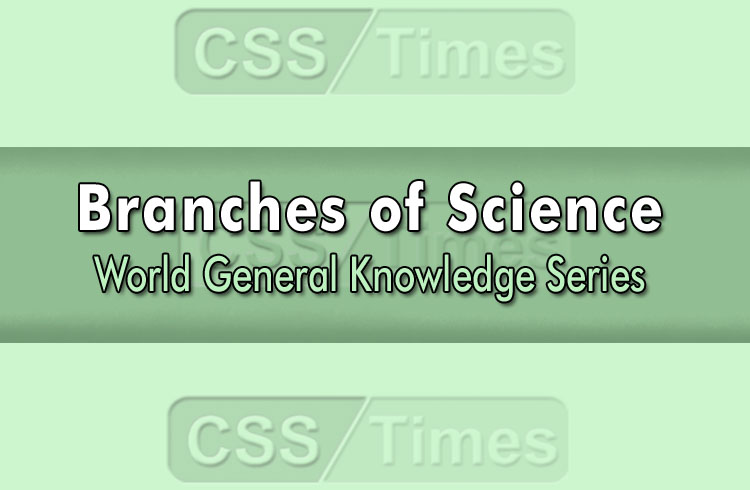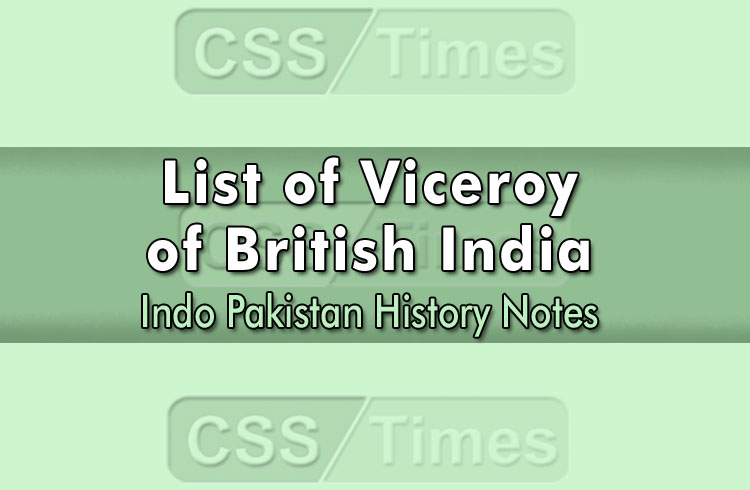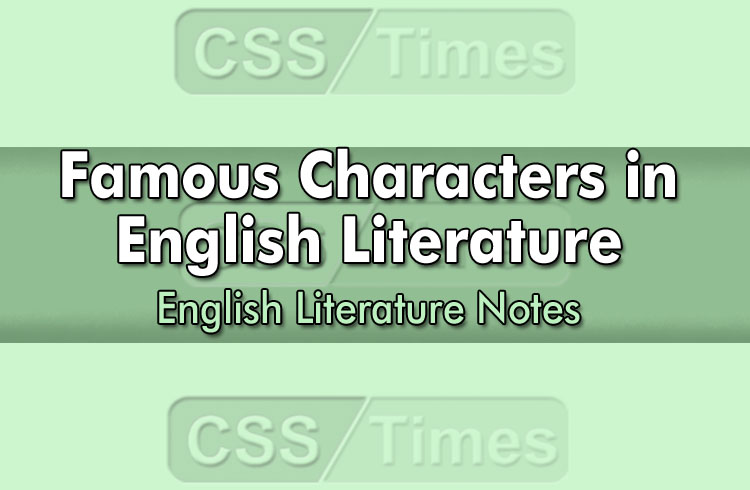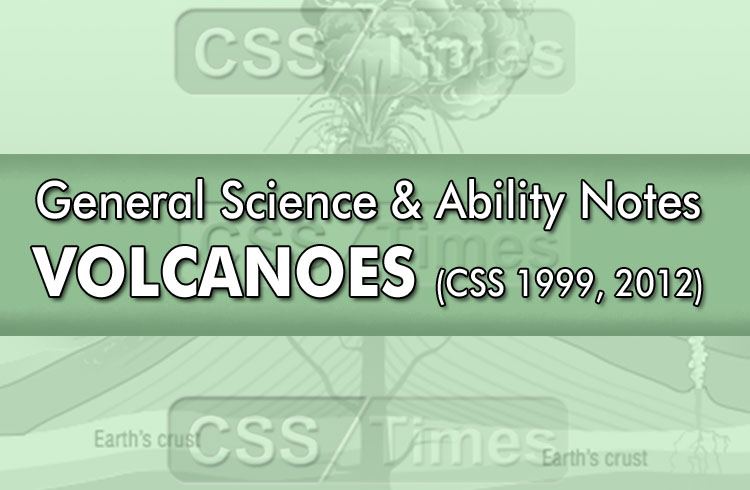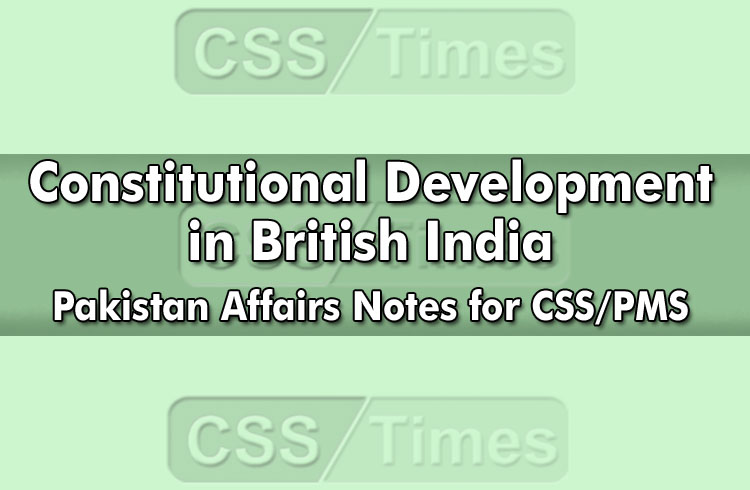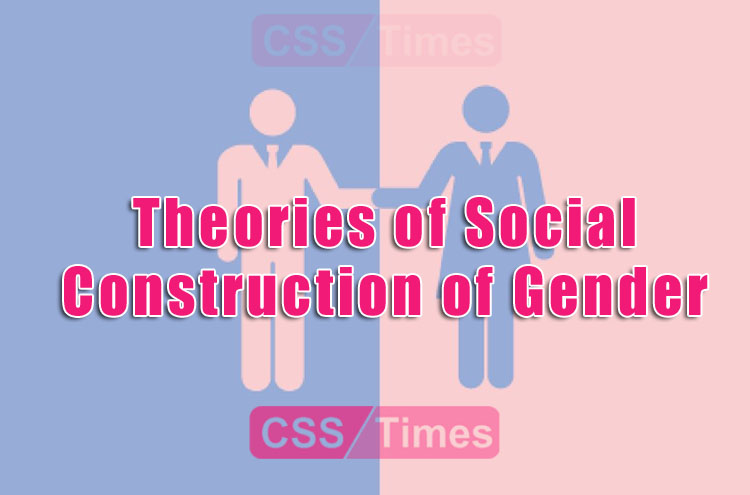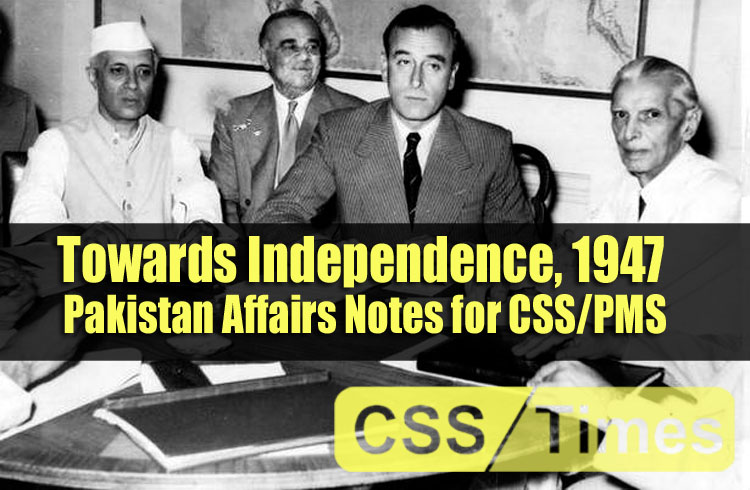Famous Muslim Scientists | World General Knowledge Series
Abu Ali Sina or Avicenna 980 – June 1037
Abu Ali al-Hussain Ibn Abdallah Ibn Sina was a Persian physician and philosopher. He was born in 980 A.D. at Afshana near Bukhara (in present-day Uzbekistan) then capital of the Samanid Dynasty. He was an encyclopeadist, philosopher, physiologist, physician, mathematician, astronomer, logi1cian and poet. He gained the titles of Shaikh al-Ra’is (leader among the wise men) and Hujjat al-Haq (proof of God), displayed a remarkable aptitude for learning from an early age.
Contributions and Achievements
- His most important medical works are the Qanun (Canon) and a treatise on cardiac drugs (hitherto unpublished) Qanun contains many examples of good observation – distinction of mediastinitis from pleurisy; contagious nature of phthitis; distribution of diseases by soil and water; careful description of skin troubles, of sexual diseases; and supervisions; of nervous ailments (including love sickness); many psychological and pathological facts clearly analyzed if badly explained.
- Sina’s interest in mathematics was philosophical rather than technical and such as we would expect in a late Neoplatonist. He explained the casting out of nines and its application to the verification of square and cubes. Many of his writings were devoted to mathematical and astronomical subjects.
- He composed a translation on Euclid.
- He made astronomical observations, and devised a contrivance the purpose of which was similar to that of the vernier, that is, to increase the precision of instrumental readings.
- He made a profound study of various physical questions – motion, contact, force, vacuum, infinity, light, and heat. He observed that if the perception of light is due to the emission of some sort of particles by the luminous source, and speed of light must be finite.
- He made investigations on specific gravity.
- He did not believe the possibility of chemical transmutation, because in his opinion the differences of the metals were not superficial, but much deeper; coloring or bronzing the metals does not affect their essence.

